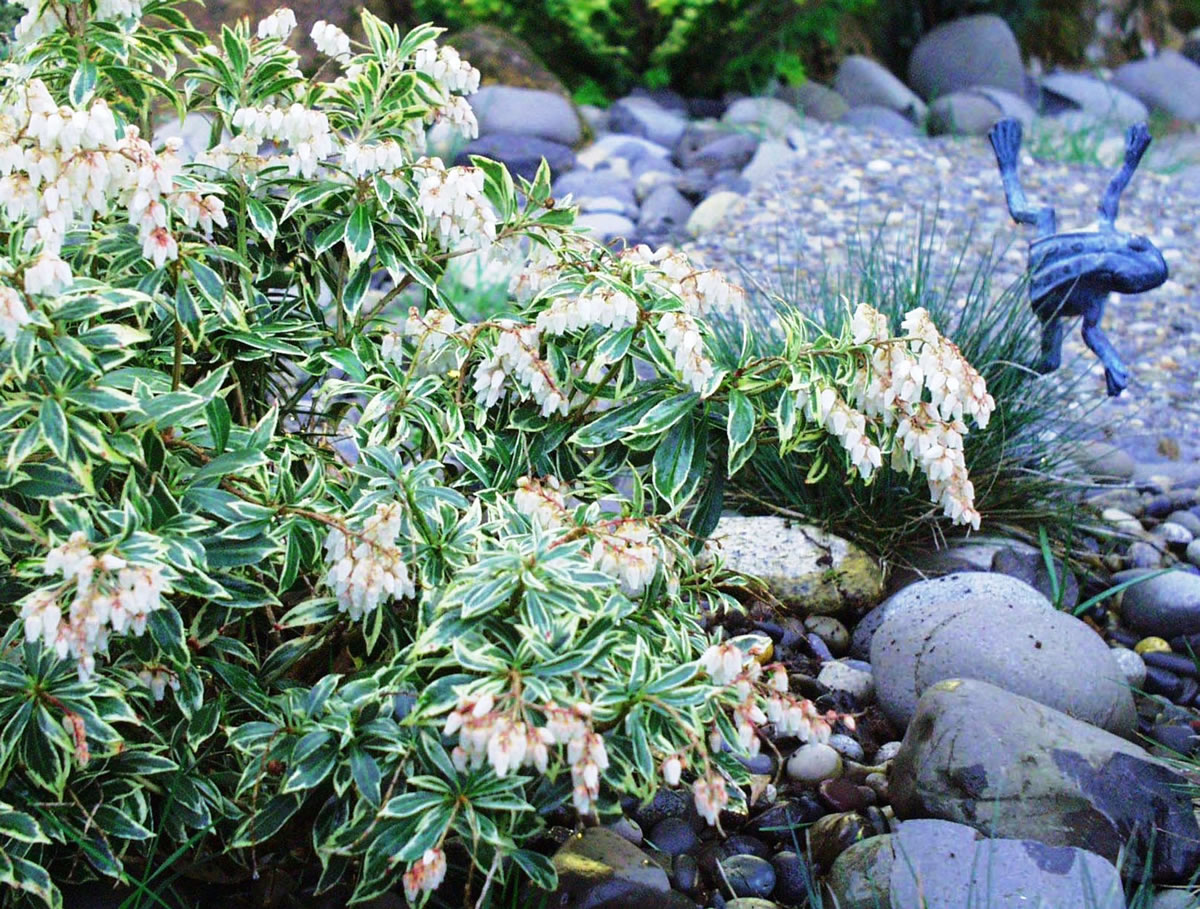In the northern hemisphere, the winter solstice is the day of the year when the sun is farthest south in the sky. This year that day came on December 21. Although we have a tendency to be less than specific about the exact onset of seasons in the Pacific Northwest, the winter solstice marks the first day of the winter season. The defining point of this day is that it signals the shortest daylight period of the year, in the sense that the length of time elapsed between sunrise and sunset on this day is a minimum for the year.
The Earth is actually nearer the sun in January than it is in June, during the summer solstice. The difference between winter and summer is not only proximity of the sun but how many hours and minutes of precious sunlight we receive. The Earth leans slightly on its axis and in this off-kilter position, spins like a top. The precise angle of our planet’s tilt is what causes all the variety of our climate; all the drama and poetry of our seasons.
Many cultures the world over perform solstice ceremonies. The winter solstice was celebrated among the ancients as a turning point. We don’t know exactly how long humans have recognized the solstice but many believe the
root of their scrutiny began with a fear that the failing light would never return. The solstice ceremonies were likely an attempt at human intervention with anxious vigil and antic celebration.
With the benefit of hindsight and gardener’s almanacs, we not only know that sunlight will return but after the solstice every new daylight period will be a bit longer than the one before. This is what I try to keep in mind when December 21 rolls around each year. I also try to think ahead, planting a variety of trees, shrubs and seasonal plants in the growing season so that there will always be something delightful in the garden, even on the shortest day of the year.
4 seasons of interest
I appreciate the many dwarf varieties of evergreen conifers now available for the smaller garden and use many of them as accents for beds and borders to give my garden four seasons of interest. I would like to emphasize that dwarf, when applied to plants, does not mean tiny. It doesn’t even mean small. It does imply that the plant is smaller than other plants in the same family. So, if a western hemlock can grow quickly to 70 to 130 feet tall and 20 to 30 feet wide, a dwarf is going to grow less than 70 feet. Find out exactly how big it will ultimately grow before you buy it and plant it in your own garden.
Latin names
Whether you personally use Latin nomenclature or not, most gardeners recognize the value of an international system of standardized Latin names used in biology for kinds (and groups of kinds) of animals and plants. In the process of learning to use this nomenclature, you’ll discover that there are many plants, especially those that are rare, with no common name. In this case, we have to use the Latin to be able to share information with someone about these plants.
It’s interesting to note that sometimes when we think we’re using Latin, we’re not. Many familiar names used for a plant genus are Greek words, such as crocus (saffron), anemone (wind flower), and rhododendron (rose-tree). Generic names (or genus) describe groups of plants that have similar characteristics. The word trillium is considered New Latin, from the Swedish trilling (triplet) after the plant’s three leaves. The name saffron comes from Arabic, where the spice is known as azafran.
Sometimes the generic name honors a person, such as Jeffersonia for Thomas Jefferson, or Montbretia for Coquebert de Montbret, a French botanist of the 18th century. Sometimes the name describes a plant’s physical characteristics. So for primula, new Latin takes from the medieval Latin, primula veris, which literally translates as “first fruit of spring.” The Latin name for the common daylily, hemerocallis, comes from the Greek hemeros, a day, and kallos, beauty.
The scientific name pulmonaria is derived from Latin pulmo (the lung). The spotted oval leaves of P. officinalis were thought to symbolize diseased, ulcerated lungs, and so were used to treat pulmonary infections. Names of plants can be used to describe the plants supposed resemblance to parts of the body, such as hepatica, whose lobed leaves are supposed to look like the liver (Greek hepar). Many of the names most familiar to us come from mythology, such as Narcissus or Andromeda.



